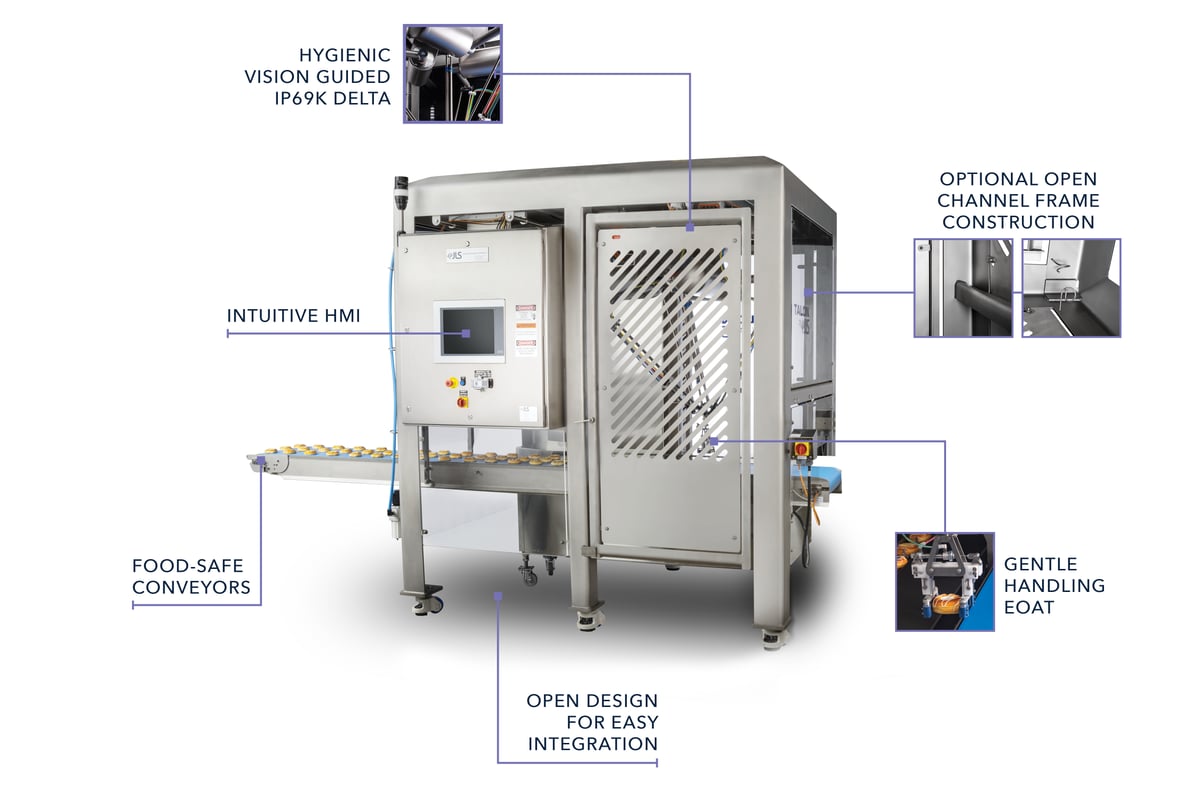In the modern industrial landscape, the relentless pursuit of efficiency and precision drives technological advancements, reshaping traditional processes. A standout innovation in this realm is the Pick and Place Robot, a game-changer in automated systems. These robots streamline complex packaging tasks, heralding a new era in manufacturing efficiency. This article delves into how these robotic systems optimize operations and why they’re indispensable in today’s fast-paced market environments.
The Rise of Automation in Packaging
The industrial sector has witnessed a significant transformation with the integration of automated technologies. Automation not only enhances speed and accuracy but also reduces labor costs and minimizes human error. In packaging, where precision and speed are paramount, the introduction of robots has been revolutionary. These systems are designed to handle repetitive tasks with unmatched efficiency, ensuring products are packed and shipped without delays.
Efficiency and Precision with the Pick and Place Robot
The Pick and Place Robot is specifically engineered to improve the packaging lines of manufacturing plants. These robots are equipped with advanced vision systems and gripping mechanisms, allowing them to identify, pick, and place products at speeds human workers can’t match. Their precision in handling delicate or irregularly shaped items ensures products remain undamaged, maintaining quality and consumer satisfaction.
Software and Robot Integration
Beyond the mechanical prowess, the success of these robots largely depends on sophisticated software that can seamlessly integrate with existing conveyor systems and machinery. This software is the brain behind the operation, programmed to optimize paths and improve placement accuracy, which is critical in reducing waste and increasing throughput.
Transforming Industries with Pick and Place Packaging
Pick and Place Packaging technology is not just limited to large-scale operations. It’s versatile enough to benefit smaller businesses aiming to scale up their production without a proportional increase in errors or costs. By implementing Pick and Place Packaging systems, companies across various sectors—from electronics to food and beverage—can achieve a level of precision that manual processes cannot replicate.
Conclusion
The integration of Pick and Place Packaging and Pick and Place Robot systems represents a significant leap forward in industrial automation. These technologies not only bolster throughput but also enhance the quality of packaging, proving essential in a competitive marketplace. As industries continue to embrace automation, the reliance on these sophisticated robotic systems is set to increase, marking a new chapter in manufacturing efficiency. This evolution in packaging technology not only optimizes production lines but also supports businesses in their quest for sustainability and adaptability in a changing world.





